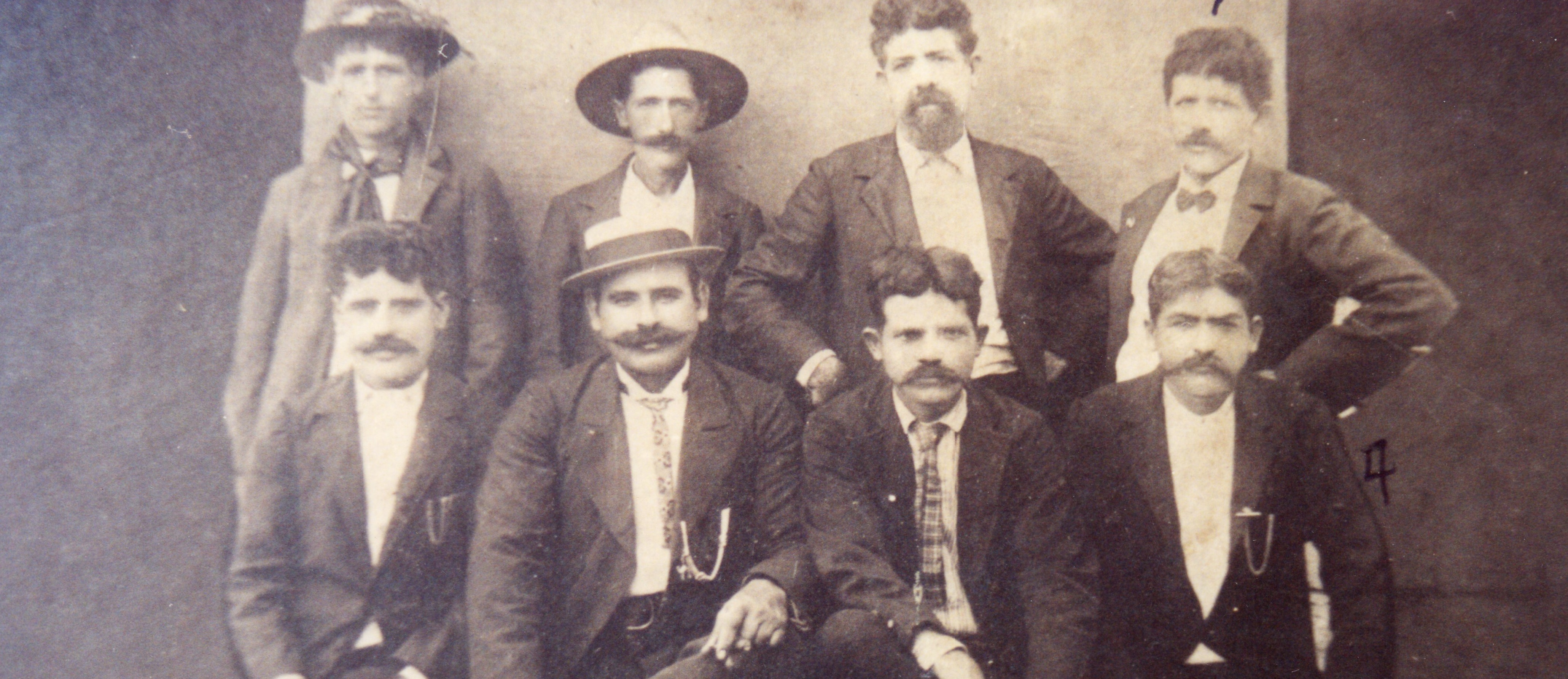A delayed birth certificate can prove a person really was born in Hawaii. But, how did a person go about getting a delayed birth certificate?
It All Starts with an Application
In order to start this process, the person filled out an “Application for Certificate of Hawaiian Birth”. This application asked for basic details such as name, place of birth, date of birth, current address, race of father and mother, father’s name, mother’s name, and any physical identifying marks.
They needed to give as much detail as they could since they were trying to prove they were citizens. The application would be process, and then, further action would be taken.
Appearing in Court for the Hearing
The applicant then appeared before the court. The applicant was interviewed by a representative of the Secretary of Hawaii. At that time, the applicant gave testimony about their birth, parentage, siblings, etc.
They presented any documentation that proved they were born in Hawaii. This might include baptismal or other religious records, their parents’ immigration records, or parents’ marriage records.
Next, witnesses gave testimony on the applicant’s behalf. The witnesses might be family members or friends. They had to have first hand knowledge of the applicant’s parentage, birth, and details of their early life. This information was needed to corroborate the applicant’s story.
After the witnesses gave testimony, the applicant might be called back to clarify any discrepancies.

A Ruling is Made
After the testimony was given, the case was reviewed. An official ruling was made. If the court was satisfied, a delayed birth certificate was issued.
This delayed birth record could then serve the purpose of a real birth certificate.
Because this certificate may be the only way a person could prove they were born in Hawaii, and therefore, a citizen of the United States, it may be their only way to get things like Social Security.
You can see why someone might go through this whole process!
Why Would a Genealogist Seek Out These Records?
The delayed birth record provides a wealth of information for family genealogists. First, you’ll find testimony from the applicant and witnesses. Many of the questions can resolve questions about parentage, spouses, children, and siblings.
Second, copies of documentation or typed notes from the documentation are included. This is very helpful especially if you need to locate the church that your ancestors were members of or need to know where your ancestors parents were from. You might also learn which sugar plantation they were associated with.
The delayed birth record is a valuable tool for genealogists. It fills many gaps that other Hawaiian records leave behind. It also provides information straight from your ancestor’s mouth. That’s invaluable indeed!
Have you searched for your relative’s delayed birth certificate?






